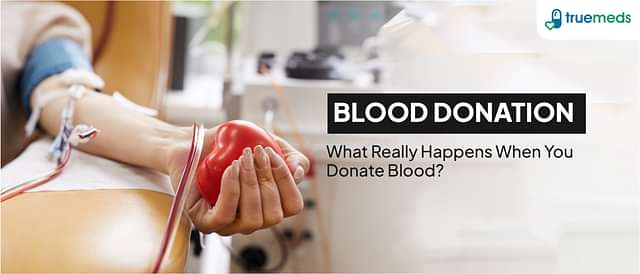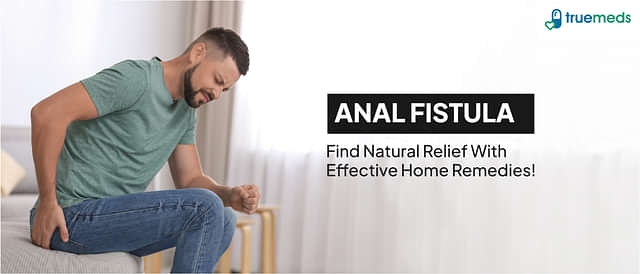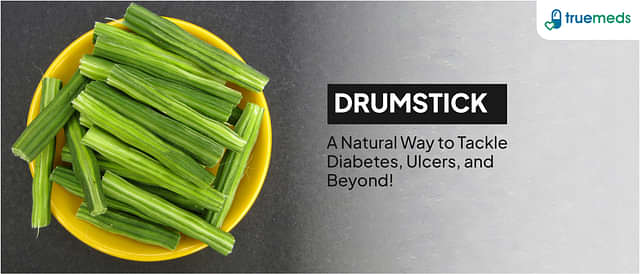Hamstring injuries: causes and treatment
Last updated on : 22 Apr, 2025
Read time : 7 min
What does Hamstring mean?
A hamstring is a range of muscles in the back and thigh that allows the knee to bend or flex. These muscles are the semimembranosus, semitendinosus, and biceps femoris. Hamstring injuries start just at the pelvic bone and extend the length from the femur, crossing the back of the knee to attach to the fibula and tibia.
The hamstring muscle also traverses the hip joint and helps the hips move forward. Near the knee, the fibres in the hamstring muscles change into tendon fibres that attach to the bone. The quadriceps muscles on the front of the thigh, which are in control of elongating the knee, balance out the hamstring muscles. Together, the quadriceps and hamstrings control the stability and strength of the knee joint. It thus enables you to run, walk, squat, and jump.
Hamstring injuries are painful and common. They attack mainly skaters, runners, soccer, football, and basketball players, among other athletes. Hamstring injury symptoms occur when one or more of the above three muscles are overworked and tear. When you jump a lot or stop quickly, you are more likely to damage your hamstring.
Hamstring pain causes
A hamstring strain usually happens when you overwork your muscles, like when you run and your leg is fully stretched out right before your foot hits the ground. When your foot hits the ground and you put all your weight on it, your muscles can get too stretched out and start to tear.
People who do activities like track and field, soccer, football, lacrosse, basketball, and dance that involve running or jumping are more likely to strain their hamstrings. Teens who are going through physical growth are also more likely to get these kinds of injuries. Because leg bones grow faster than muscles, hence it tightens the muscles and makes muscles more resistant to stretching.
Common hamstring strain causes include:
1. Not taking enough warm-up before exercising
Tight muscles are more likely to strain than strong, flexible ones.
2. Obesity or overtraining.
Weak muscles can’t bear the stress of exercise, and tired muscles can’t absorb energy, hence making them injured.
3. Muscle imbalance in legs.
The quadriceps, which are the muscles on the front of your thighs, are usually bigger and stronger than the hamstrings. Running can stretch the hamstrings faster than the quadriceps. So, it causes an imbalance or strain in muscles.
4. Poor technique.
If you do not have a good running technique, so hamstring muscles may cause more stress.
5. Too soon after an injury, getting back to normal activities
A pulled hamstring needs a lot of time and rests to get better. If you try to go back from a pulled hamstring too soon, you are more likely to injure it again.
Hamstring injury symptoms
The symptoms of a hamstring injury depend on how bad the injury is. Strains depend on how badly the muscle fibres and tendon fibres are damaged

A. Grade 1 strain
The fibres that are not torn but stretched
Symptoms
- There may be a gradual onset of pain in the back of the thigh
- Nonspecific pain or minimal swelling when the knee is extended
- Pain worsens with aggressive activities
B. Grade 2 strain
Partial tears of tendon fibres
Symptoms
- Rapid sharp pain in the back of the thigh
- The knee stretches the injured muscles and walking may become difficult
- Presence of limp
- Injuries may cause tenderness and swelling
C. Grade 3 strain
Complete tear of tendons or muscles
Symptoms
- Pain and swelling are more aggressive than in grades 1 and 3
- The muscle may tear with a popping sensation and that sound is loud that it can be heard by others too.
Other symptoms associated with hamstring injuries are:
Pain in the lower buttock and back of the thigh when straightening the legs or bending over
- Bruising
- Tenderness
- Sudden pain during exercise
Diagnosis for hamstring injuries
Consult the doctor if you have muscles pain in the back of the thigh, he/ she will do such things like
1. Physical examination
The doctor will check that thigh is swollen, sore, or bruised. This gives them a better idea of how bad your injury is.
2. Ultrasound
In this, it gives a clear picture of muscles, It can show how big the tear is and where it is.
3. X-ray
The doctor does an X-ray because he/ she will check whether the bone gets fractured during injury.
Hamstring strain treatment
If you are going through hamstring injuries, exercise may help you to decrease your pain and improve overall mobility. Physical exercises increase circulation, improve the way in which the muscles contract, and decrease pain.
Exercise is considered to be the most important component of hamstring tear rehabilitation. There are a few exercises that help you get back to your normal activities and also prevent future problems associated with hamstring complications. Exercise progresses the normal healing process after a hamstring injury and helps to remodel the tissue gently.
There may be some gentle stretching range of motion exercises at the start of the exercise session. As the session gets more intense, your hamstrings will be able to handle the high loads and stress that they are used to dealing with.
1. Hamstring stretches
Several ways to start to stretch your hamstring after an injury include
- Towel hamstring stretch
- Hurdler stretches
- Amazing standing hamstring stretch
It is advised to start slowly and gently increase the intensity of each stretch over a course of five to six weeks. Hold this stretch for 15 to 20 seconds and do three to five repetitions. Even if you are getting healed, stretching your hamstring muscles several times a week improves flexibility.
2. Hamstring strengthening exercises
Strengthen your hamstrings with these amazing ideas:
- An exercise with a resistance band on the hamstrings while seated
- Standing hamstring curls
- Prone knee curls
- Ball bridge with knee flexion
- Nordic eccentric curls
Start and do carefully and build up the repetitions of each exercise with cuff weights or resistance bands!
Prevention for hamstring injuries
You can reduce the chance of a hamstring injury by doing the following:
- Before doing anything athletic, you should always warm up.
- Don’t start a new activity too quickly. Instead, slowly increase how often and how hard you do it so that your body can get used to the new patterns.
- Observe your body after you work out, and if it seems you to stretch, put ice on it, or take a break, do so before you do the same routine again.
- Use the right way to pick things up and squat, especially when moving heavy things.
Conclusion
If the hamstring injury does not improve on its own, a physician may recommend an analgesic medication to treat the condition.
After consulting with your doctor, you may also refer to our Truemeds Physicians, which provides free online consultations. You can purchase the required medications for sudden hamstring pain by using our online Truemeds portal. We provide you with home medicine delivery, a discount offer, and monthly savings on your medical bill.
Our online pharmacy, Truemeds, provides the highest-quality medications at the lowest prices. We provide all varieties of medications, including branded, over-the-counter, and nutritional supplements, as well as Generic medicines online at an affordable price. We are India’s most reliable and genuine online medicines supplier. When you select an alternative or generic drug that is advised by our Truemeds expert doctors, you may be able to save additional money when you make your order for prescriptions online. Truemeds provides necessary medicines savings of up to 72% off costs with PAN India home delivery.
Disclaimer
Our healthcare experts have carefully reviewed and compiled the information presented here to ensure accuracy and trustworthiness. It is important to note that this information serves as a general overview of the topic and is for informational purposes only. It is not intended to diagnose, prevent, or cure any health problem. This page does not establish a doctor-patient relationship, nor does it replace the advice or consultation of a registered medical practitioner. We recommend seeking guidance from your registered medical practitioner for any questions or concerns regarding your medical condition.
Popular Articles
Recommended Articles
Recent Articles
Top-Selling Medicines:
...View more
Top-Selling OTC:
...View more
Company
About UsHealth ArticleHealth StoriesDiseases & Health ConditionsAll MedicinesAll BrandsNeed HelpFAQSubscribe
Registered Office Address
Grievance Officer
Download Truemeds

Contact Us
Our customer representative team is available 7 days a week from 9 am - 9 pm.
v3.7.10
Our Payment Partners


























































